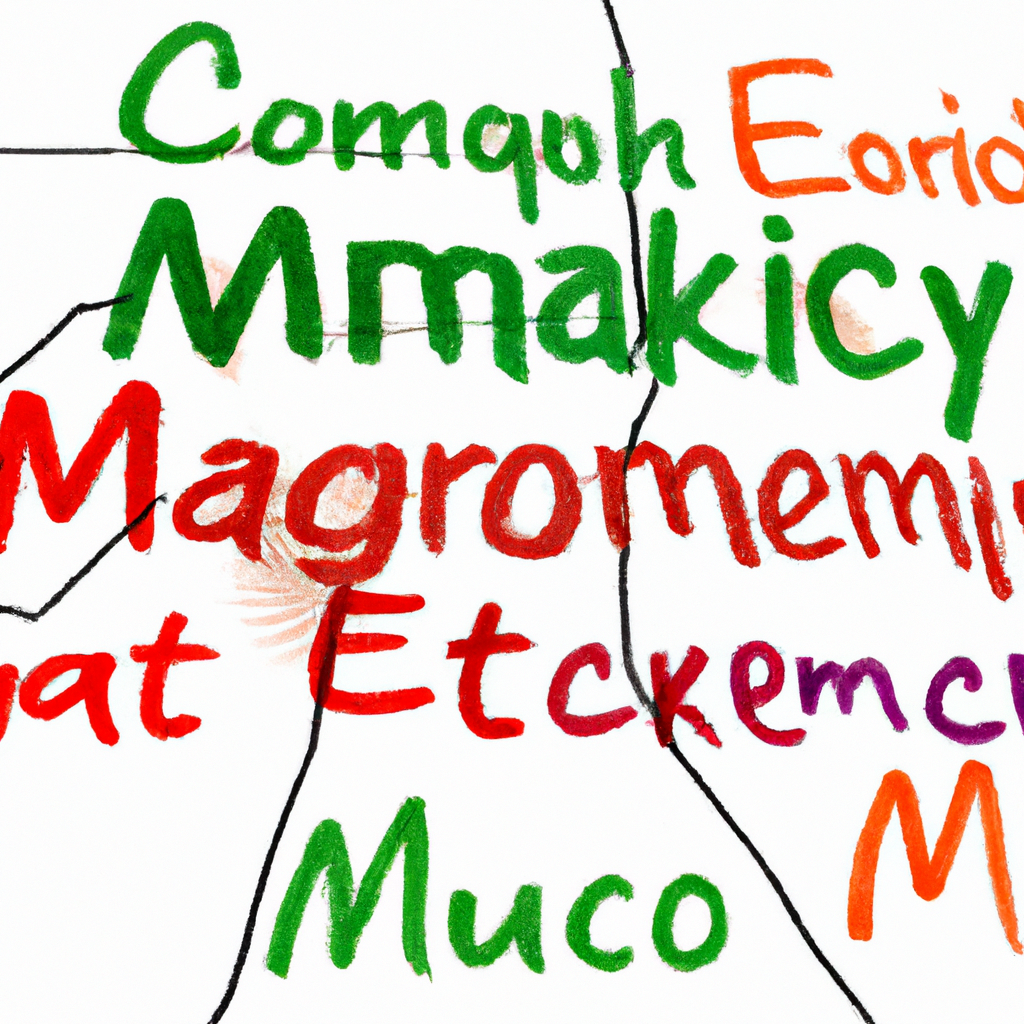Emerging Market Economies: A Rising Force in the Global Economy
Introduction
In recent years, emerging market economies have gained significant attention and have become a crucial player in the global economy. These economies, characterized by rapid growth and industrialization, are reshaping the landscape of international trade and investment. This article explores the key features, opportunities, and challenges associated with emerging market economies.
Defining Emerging Market Economies
Emerging market economies, also known as developing economies, are countries that are in the process of transitioning from a low-income, agrarian-based society to a more industrialized and urbanized one. These nations typically exhibit high economic growth rates, a growing middle class, and increasing levels of foreign direct investment.
Key Features of Emerging Market Economies
1. Economic Growth: One of the defining characteristics of emerging market economies is their rapid economic growth. These nations often experience GDP growth rates well above those of developed countries, driven by factors such as favorable demographics, technological advancements, and resource abundance.
2. Urbanization: Emerging market economies are witnessing a significant shift from rural to urban areas. This urbanization process creates new opportunities for investment, infrastructure development, and job creation.
3. Rising Middle Class: As incomes rise, emerging market economies are experiencing the growth of a sizable middle class. This expanding consumer base presents a lucrative market for domestic and foreign businesses, leading to increased consumption and demand for goods and services.
4. Natural Resources: Many emerging market economies are rich in natural resources such as minerals, oil, and gas. These resources provide a foundation for economic growth and export revenues, attracting foreign investment and fostering economic development.
Opportunities in Emerging Market Economies
1. Market Potential: Emerging market economies offer vast untapped markets with a growing consumer base. Companies that enter these markets early can establish a strong presence and gain a competitive advantage.
2. Low-Cost Labor: Many emerging market economies have a large pool of low-cost labor, making them attractive for outsourcing and manufacturing operations. This can provide cost advantages for companies looking to reduce production costs.
3. Investment Opportunities: Emerging market economies offer attractive investment opportunities across various sectors, including infrastructure, technology, and energy. These investments can yield high returns, especially in countries with robust economic growth.
Challenges in Emerging Market Economies
1. Political and Economic Stability: Political instability and economic volatility are common challenges faced by emerging market economies. Frequent changes in government policies, corruption, and financial crises can disrupt business operations and deter investment.
2. Infrastructure Gaps: Many emerging market economies face infrastructure gaps, including inadequate transportation networks, power supply, and communication systems. These deficiencies can hinder the efficient movement of goods and services and increase operational costs.
3. Regulatory Environment: Navigating complex and often inconsistent regulatory frameworks can be challenging for businesses operating in emerging market economies. Understanding local laws, regulations, and cultural nuances is essential to ensure compliance and minimize legal risks.
Conclusion
Emerging market economies are playing an increasingly vital role in the global economy. With their rapid growth, expanding middle class, and abundant resources, these nations offer significant opportunities for businesses and investors. However, challenges such as political instability and infrastructure gaps must be addressed to fully unlock the potential of these dynamic economies. As emerging market economies continue to evolve, their impact on the global stage is only expected to grow.
